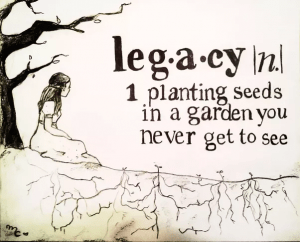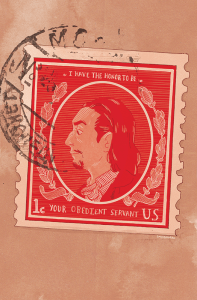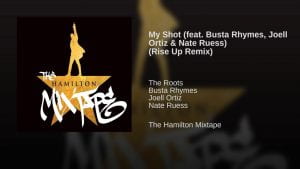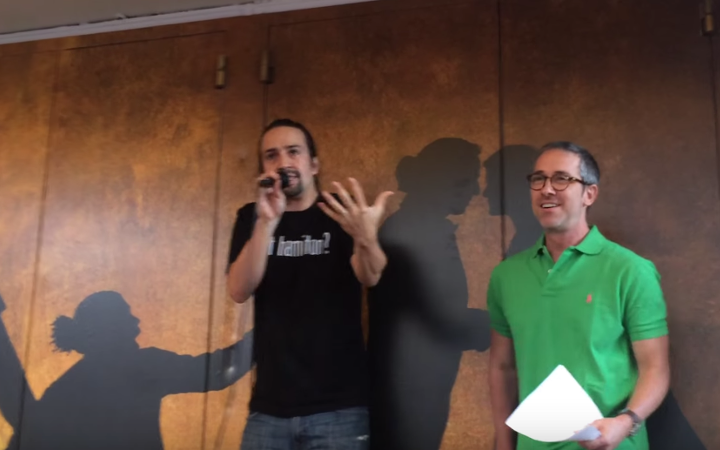By Grace Griggs
One of my favorite of the Ham4Ham videos we discussed is “The Hamilton Children” where the cast of Fun Home were brought in to play Hamilton’s kids who weren’t featured in the show.
The main purpose of this Ham4Ham is probably just to be cute, but it also affects the tone of the show in an interesting way. Essentially, it is a continuation of Phillip Hamilton’s rap to include his seven siblings, only one of which was even mentioned in the show itself. Hamilton ends with Eliza working to tell Hamilton’s story and memorialize his contributions to the US government. Ultimately, Hamilton’s legacy is his work, just like he wanted it to be. Eliza’s belief that their family would be legacy enough (emphasized in “First Burn” from the Hamilton Mixtape) is never validated because the only one of their children we see dies young. This song changes that, though. Not only did Hamilton have many children, but each of them went on to do interesting, important things. From defending Aaron Burr’s second wife in their divorce to being Secretary of State, the Hamilton children were no slouches. Knowing this, it would be easy to argue that Eliza was right to say Hamilton’s legacy could be his family rather than just his work. Based only on the story of the show, it would be hard to say Hamilton’s legacy was anything other than his work. I think adding this song to the show itself would completely change the tone of the ending.
The mediums of the two pieces are essentially the same, with the main difference being production value, with the Ham4Ham show being live with no music and only one microphone. My main takeaway from this exercise is how the selective inclusion or exclusion of even somewhat unrelated historical details can significantly change the story being told and its tone. For my adaptation, I have to pull from some historical events that the show only briefly brushes over. This means I have freedom to choose what I include and what I leave out. It is important that I carefully consider the overall tone and purpose of my adaptation when I am choosing what to include in it.












